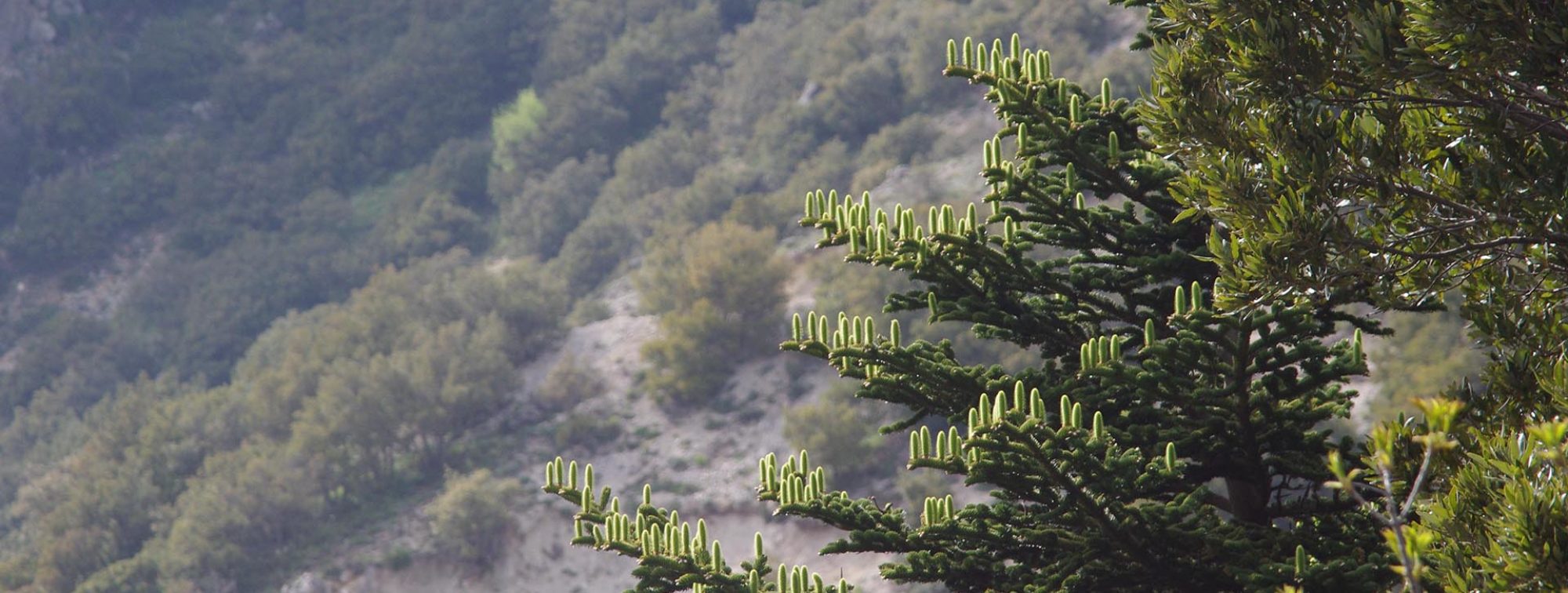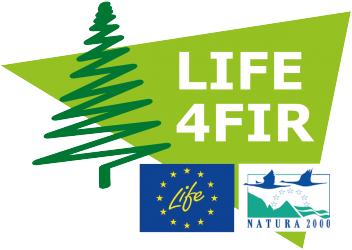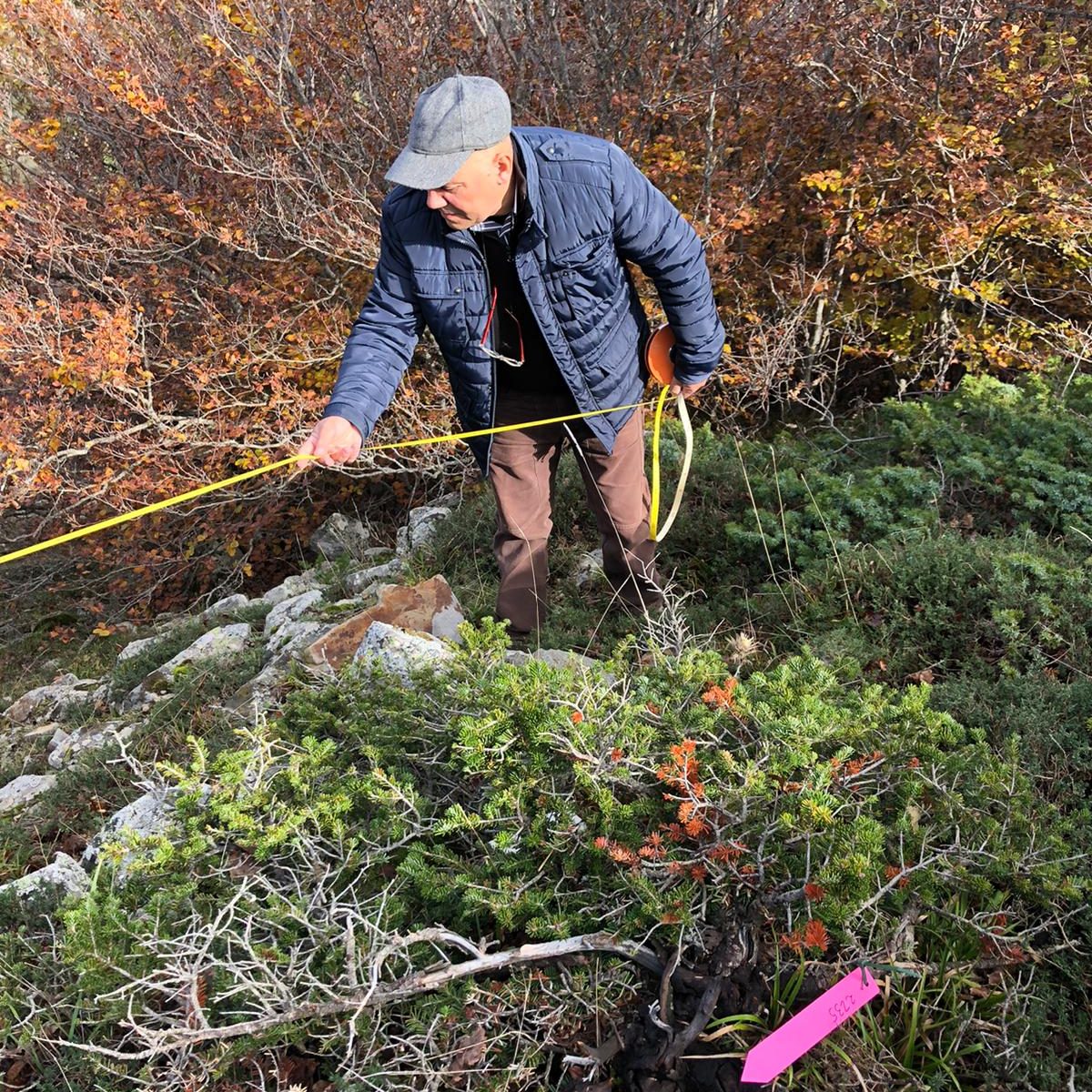Del 20 al 22 de noviembre de 2019, los socios de LIFE4FIR se reunieron durante tres días de trabajo en el Parque Regional de Madonie para llevar a cabo las actividades técnicas previstas en la acción A1 «Desarrollo de un protocolo para la caracterización genética de la población natural de Abies nebrodensis y optimizar su propagación y conservación a temperaturas criogénicas de órganos y tejidos «.
Se realizaron muestreos y encuestas tanto en la población natural como en el vivero «Piano Noce», donde se producen plántulas de A. nebrodensis utilizando la semilla cosechada de plantas maduras.
El equipo de la Universidad de Sevilla realizó muestreos para la caracterización genética de la población natural (subacción A1.1) y de las plantas criadas en el vivero (subacción A1.2).
El equipo de IPSP-CNR llevó a cabo encuestas y muestreos para evaluar la presencia y el impacto causados por agentes patógenos y factores ambientales adversos tanto para las plantas de la población natural como para las plantas cultivadas en vivero. Se definieron los diferentes tipos de alteraciones del estado vegetativo y se recolectaron muestras para su posterior análisis de laboratorio (sub-acción A1.3).
El equipo IBE-CNR y CIRITA-UNIPA comenzó a analizar las semillas obtenidas de los conos recolectados en otoño para evaluar la tasa de germinación y desarrollar protocolos para la conservación y criopreservación de semillas a baja temperatura para órganos y tejidos.
En la realización de actividades en el bosque y en el vivero, el personal técnico de EPM y DRSRT apoyó y guió a los investigadores. Pasamos tres días de intenso trabajo en nombre de una atmósfera positiva de colaboración.
El proyecto LIFE4FIR visitó el Museo de la Abies Nebrodensis que acaba de establecerse en el ayuntamiento de Polizzi Generosa. Según lo solicitado por el alcalde, se está evaluando la oportunidad de establecer aquí el banco de semillas y el criobanco planeado por el proyecto.
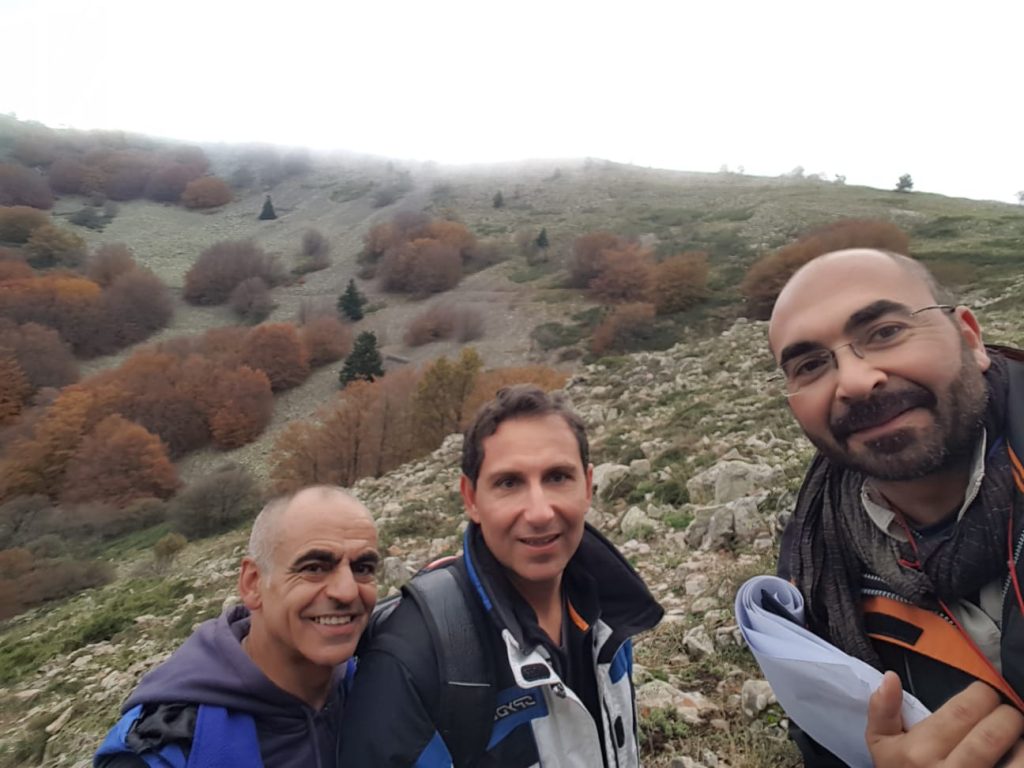
Durante el muestreo de la población natural para el análisis genético (acción A1.1). En el fondo son visibles algunos árboles dispersos de A. nebrodensis.
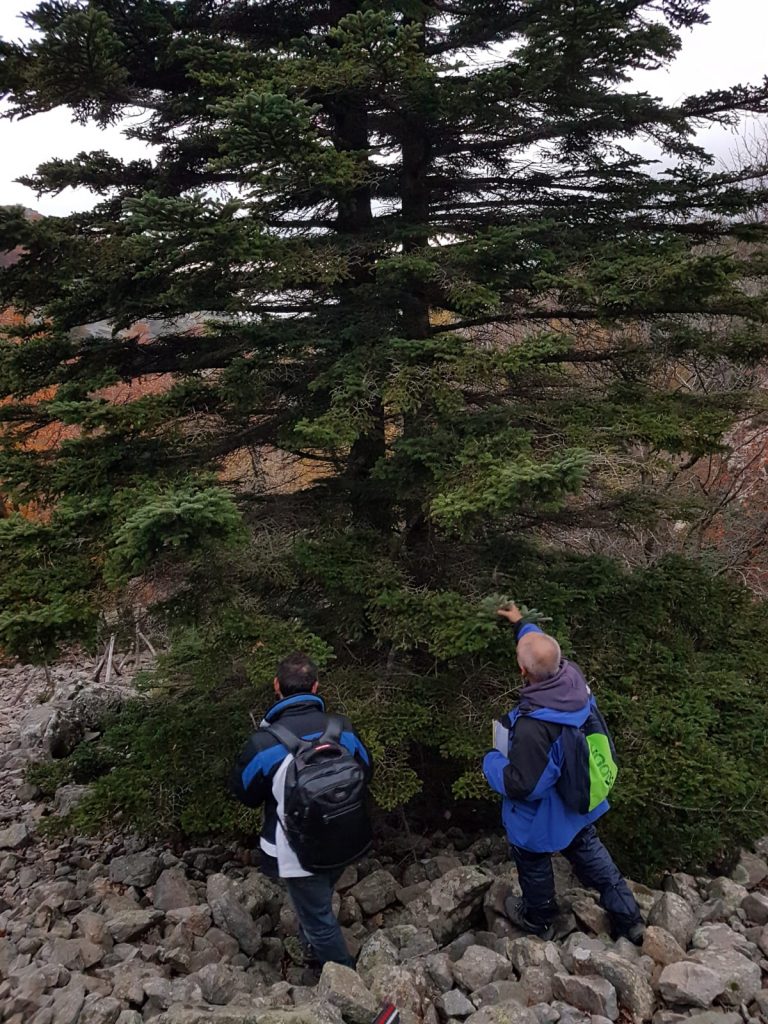
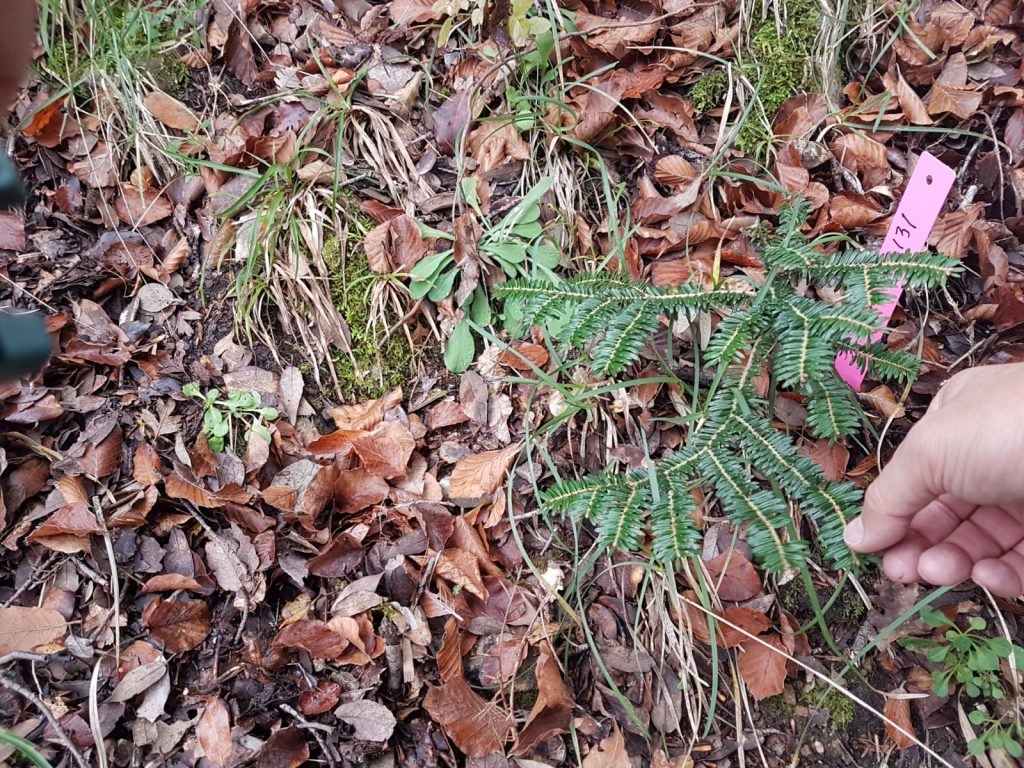
Se recolectaron muestras de agujas verdes de todos los árboles adultos y de plantas jóvenes de regeneración natural.
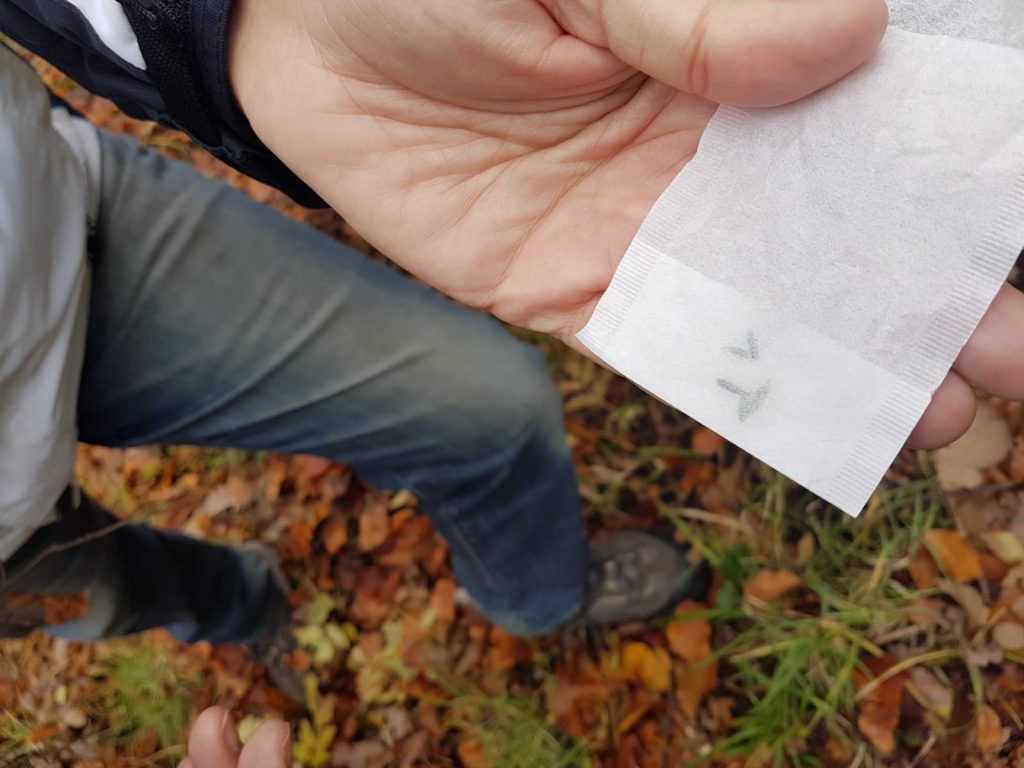
Las agujas recogidas de cada planta se mantuvieron dentro de bolsas de té.
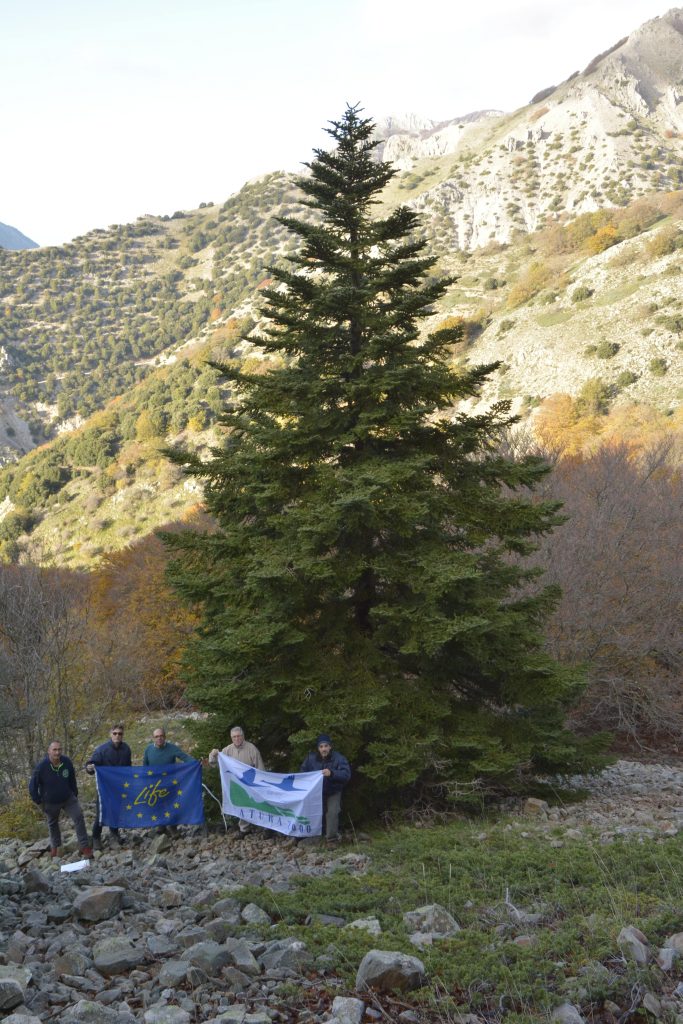
Al inspeccionar el estado de salud de los árboles de la población natural (árbol n. 8).
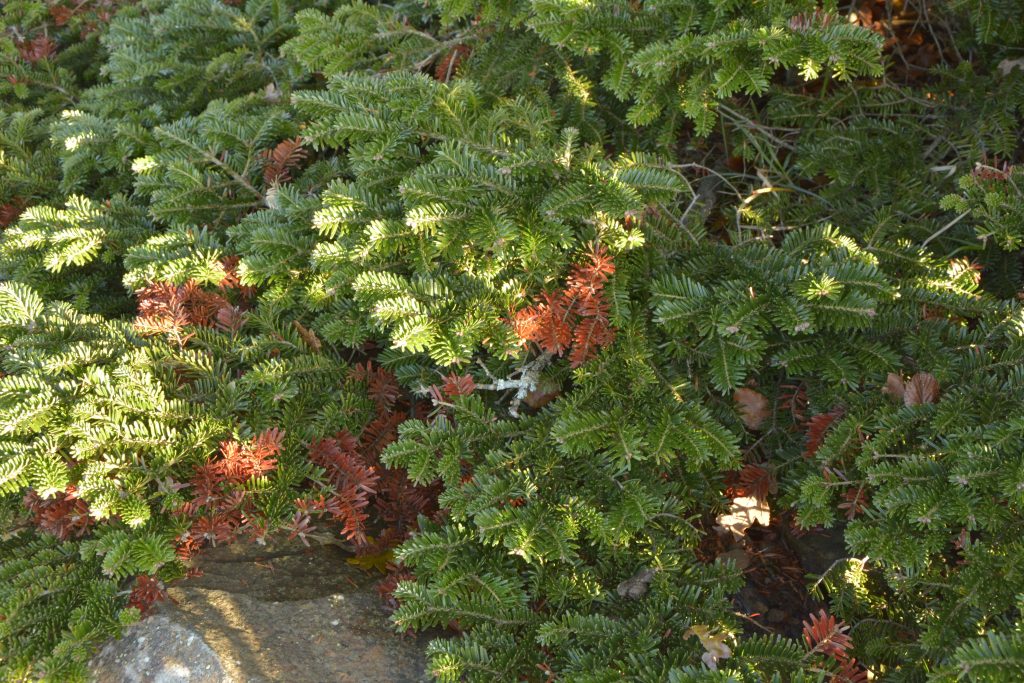
Brotes enrojecidos (árbol n. 11).
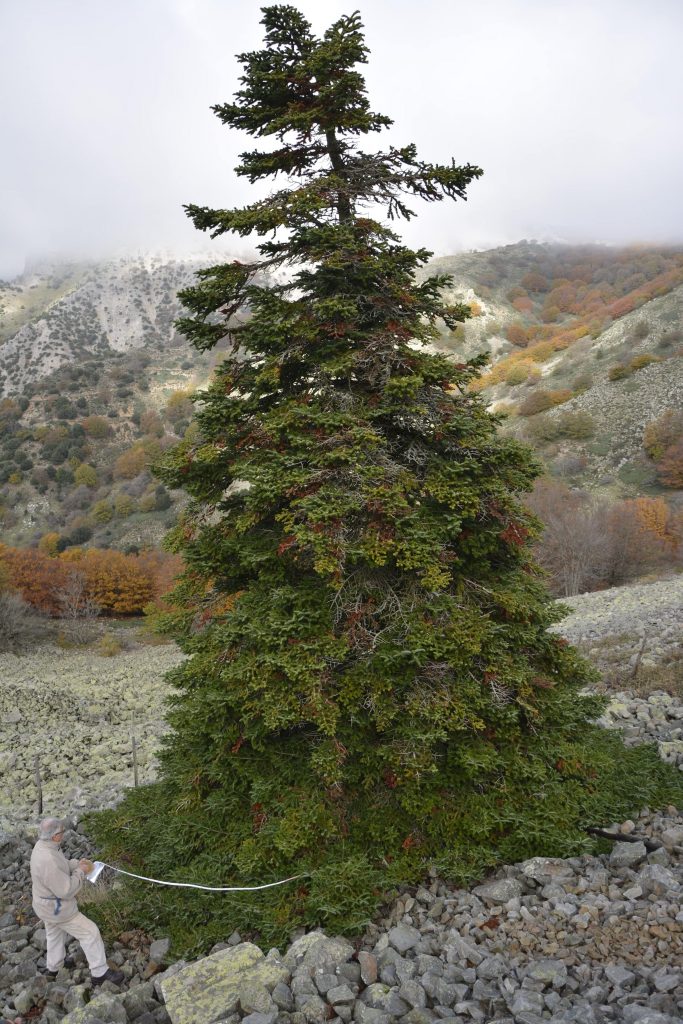
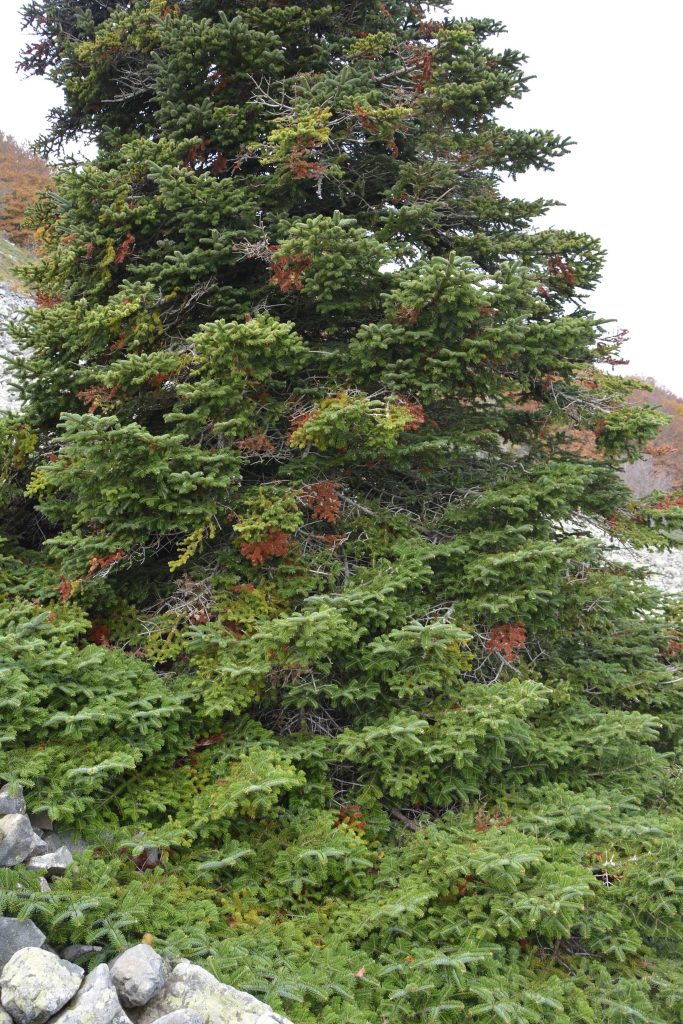
El árbol n. 12, que muestra ramas y ramas disecadas en toda la corona.
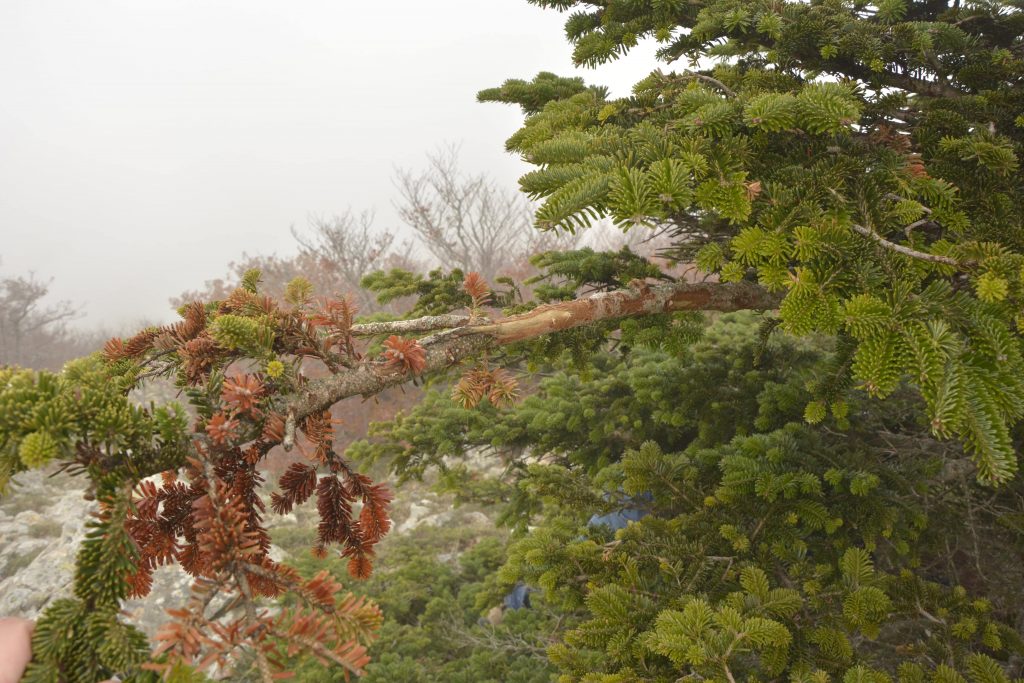
Daño causado por herbívoros salvajes al árbol n. 24.
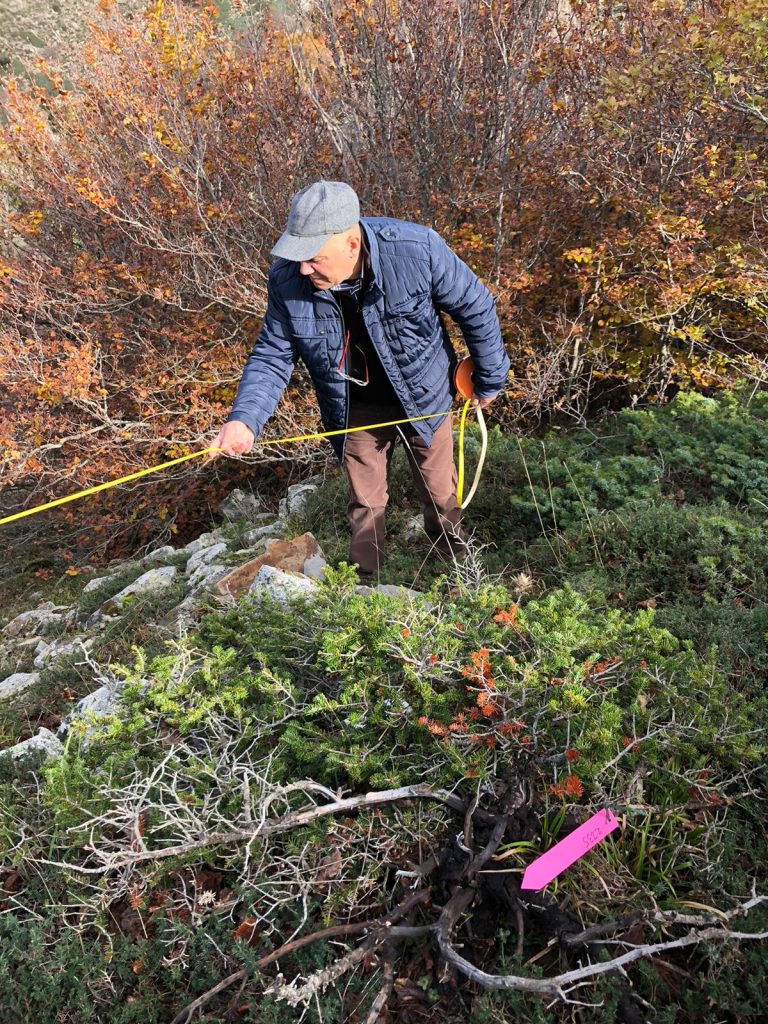
Encuestas sobre el árbol n. 28.
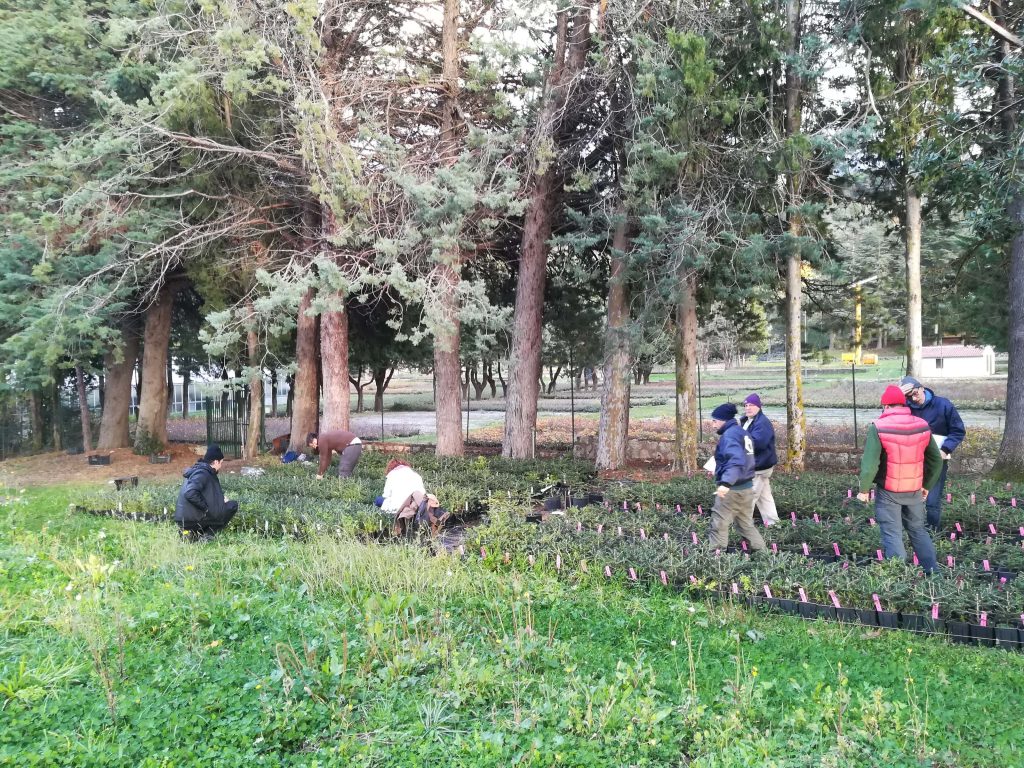
Encuesta y muestreos en plantas de A. nebrodensis criadas en el vivero «Piano Noce».
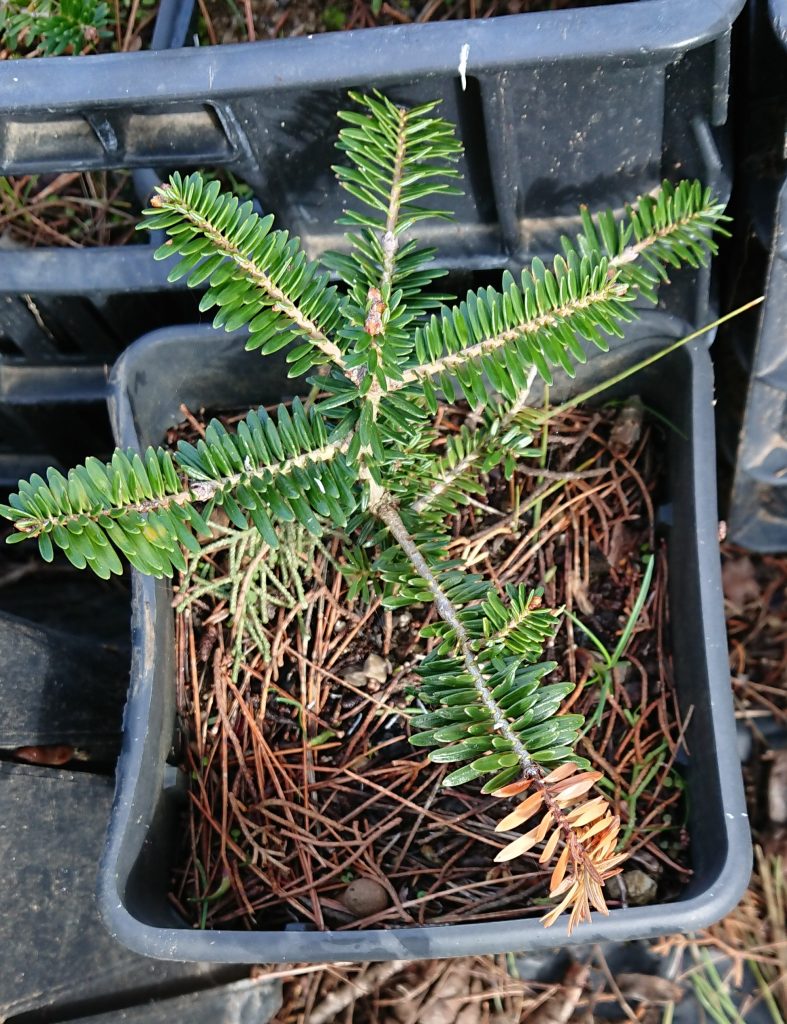
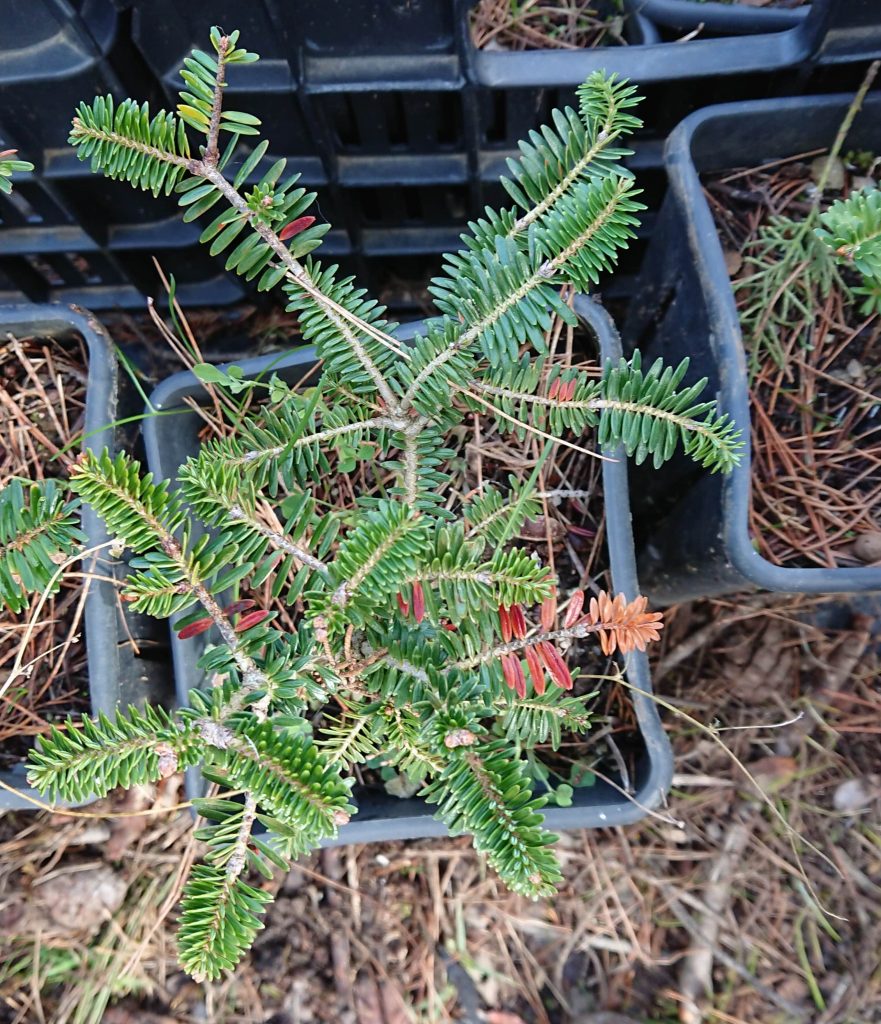
Plantas en vivero con brotes desecados.
